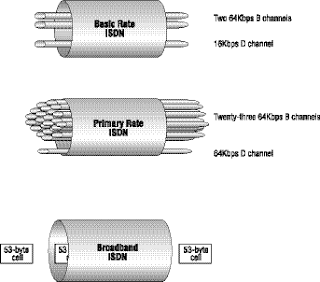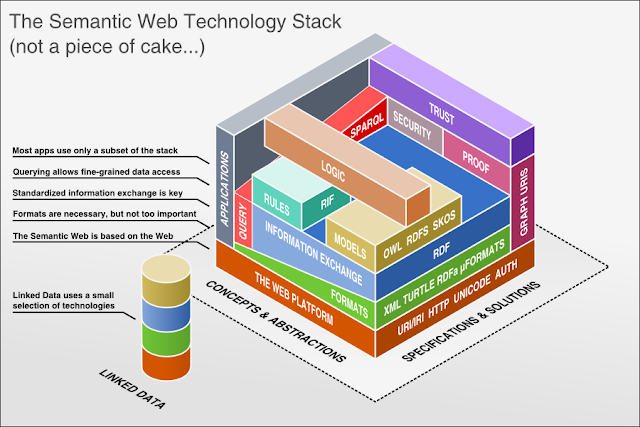While technology changes at a rapid pace, so do Internet connections. The connection speeds listed below is a general snapshot, representing general average to maximum speeds at the time of publication.
As technology grows, so does our need for
bigger, better and faster Internet connections. Over the years the way content
is presented via the Web has also changed drastically. Ten years ago being able
to center, bold, and produce text in different colors on a webpage was
something to admire. Today, Flash,
animations, online gaming, streaming HD video, database-driven websites,
ecommerce and mobile applications—to name but a few—are standards.
The need for speed has changed the options
available to consumers and businesses alike in terms of how and how fast we can
connect to the Internet. The connection
speeds listed below represent a snapshot of general average to maximum speeds
at the time of publication. This is no doubt will change over time and Internet
connection speeds also vary between Internet Service Providers (ISP).
Analog: Dial-up Internet Access
Also called dial-up access, an analog
Internet connection is both economical and slow. Using a modem connected to
your PC, users connect to the Internet when the computer dials a phone number
(which is provided by your ISP) and connects to the network. Dial-up is an
analog connection because data is sent over an analog, public-switched telephone network. The modem
converts received analog data to digital and vice versa. Because dial-up access
uses normal telephone lines the quality of the connection is not always good
and data rates are limited. Typical Dial-up connection speeds range from 2400
bps to 56 Kbps. Today, analog has been widely replaced by broadband (Cable and
DSL).
ISDN - Integrated Services Digital Network
Integrated services digital network (ISDN)
is an international communications standard for sending voice, video, and data
over digital telephone lines or normal telephone wires. Typical ISDN speeds
range from 64 Kbps to 128 Kbps.
B-ISDN - Broadband ISDN
Broadband ISDN is similar in function to
ISDN but it transfers data over fiber optic telephone lines, not normal
telephone wires. SONET is the physical transport backbone of B-ISDN. Broadband
ISDN has not been widely implemented.
DSL – Digital Subscriber Line DSL is frequently referred to as an
"always on" connection because it uses existing 2-wire copper
telephone line connected to the premise so service is delivered simultaneously
with wired telephone service -- it will
not tie up your phone line as an analog dial-up connection does. The two main categories of DSL for home
subscribers are called ADSL and SDSL.
All types of DSL technologies are collectively referred to as xDSL. xDSL connection speeds range from 128 Kbps to
9 Mbps.
ADSL - Asymmetric Digital Subscriber Line
ADSL is the most commonly deployed types of
DSL in North America. Short for asymmetric digital subscriber line ADSL
supports data rates of from 1.5 to 9 Mbps when receiving data (known as the
downstream rate) and from 16 to 640 Kbps when sending data (known as the
upstream rate). ADSL requires a special ADSL modem.
ADSL+2 - ADSL Extension
An extension to ADSL broadband technology
that provides subscribers with significantly faster download speeds when
compared to traditional ADSL connections. ADSL+2 works in the same fashion as
ADSL a special filter is installed on a subscriber's telephone line to split
existing copper telephone lines (POTS) between regular telephone (voice) and
ADSL+2. ADSL2+ service is most commonly offered in highly-populated
metropolitan areas and subscribers must be in close geographical locations to
the provider's central office to receive ADSL2+ service.
SDSL - Symmetric Digital Subscriber Line
Short for symmetric digital subscriber
line, SDSL is a technology that allows more data to be sent over existing
copper telephone lines (POTS). SDSL supports data rates up to 3 Mbps. SDSL
works by sending digital pulses in the high-frequency area of telephone wires
and cannot operate simultaneously with voice connections over the same wires.
SDSL requires a special SDSL modem. SDSL is called symmetric because it
supports the same data rates for upstream and downstream traffic.
VDSL - Very High DSL
Very High DSL (VDSL) is a DSL technology
that offers fast data rates over relatively short distances — the shorter the
distance, the faster the connection rate.
Cable - Broadband Internet Connection
Through the use of a cable modem you can
have a broadband Internet connection that is designed to operate over cable TV
lines. Cable Internet works by using TV channel space for data transmission,
with certain channels used for downstream transmission, and other channels for
upstream transmission. Because the coaxial cable used by cable TV provides much
greater bandwidth than telephone lines, a cable modem can be used to achieve
extremely fast access. Cable providers
typically implement a cap to limit capacity and accommodate more customers.
Cable speeds range from 512 Kbps to 20 Mbps.
Wireless Internet Connections
Wireless Internet, or wireless broadband is
one of the newest Internet connection types. Instead of using telephone or
cable networks for your Internet connection, you use radio frequency bands.
Wireless Internet provides an always-on connection which can be accessed from
anywhere — as long as you geographically within a network coverage area.
Wireless access is still considered to be relatively new, and it may be
difficult to find a wireless service provider in some areas. It is typically
more expensive and mainly available in metropolitan areas.
Internet over Satellite
Internet over Satellite(IoS) allows a user
to access the Internet via a satellite that orbits the earth. A satellite is
placed at a static point above the earth's surface, in a fixed position.
Because of the enormous distances signals must travel from the earth up to the
satellite and back again, IoS is slightly slower than high-speed terrestrial
connections over copper or fiber optic cables. Typical Internet over satellite
connection speeds (standard IP services) average around 492 up to 512 Kbps.
References :-
References :-
- http://www.computerhope.com/issues/ch000720.htm
- http://compnetworking.about.com/od/internetaccessbestuses/a/how-to-connect-a-computer-to-the-internet.htm
- http://digitalunite.com/guides/using-internet-0/connecting-internet/how-connect-internet
- http://customer.comcast.com/help-and-support/internet/connecting-to-the-internet-using-your-router/
- http://en.wikipedia.org/wiki/Internet_Connect
By Sharifah Nursabrina binti Wan Mahlar (2010381017)























